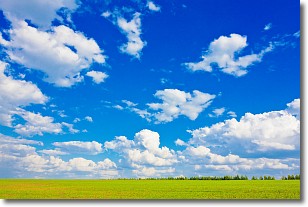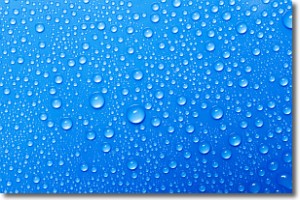Weather Alert in Utah
Fire Weather Watch issued August 13 at 2:29AM MDT until August 14 at 9:00PM MDT by NWS Salt Lake City UT
AREAS AFFECTED: Salt Lake Desert
DESCRIPTION: The National Weather Service in Salt Lake City has issued a Fire Weather Watch for dry thunderstorms and gusty outflow winds, which is in effect from Thursday afternoon through Thursday evening. * AFFECTED AREA...Fire Weather Zone 478 Salt Lake Desert. * THUNDERSTORMS...Scattered thunderstorms will form over the higher terrain of Utah during the afternoon and drift into the adjacent valleys through the evening. Given the extended period of very dry conditions with little to no rain, new wildfire starts are likely with any lightning. * OUTFLOW WINDS...Gusty and erratic outflow winds up to 50 mph are possible with any thunderstorms. * IMPACTS...Critical fire weather conditions are expected. Any new fire starts or existing fires may spread rapidly.
INSTRUCTION: A Fire Weather Watch means that there is a potential for critical fire weather conditions. A combination of lightning...dry fuel conditions...and gusty microburst winds may create favorable conditions for new fire starts and extreme fire behavior.
Want more detail? Get the Complete 7 Day and Night Detailed Forecast!
Current U.S. National Radar--Current
The Current National Weather Radar is shown below with a UTC Time (subtract 5 hours from UTC to get Eastern Time).

National Weather Forecast--Current
The Current National Weather Forecast and National Weather Map are shown below.

National Weather Forecast for Tomorrow
Tomorrow National Weather Forecast and Tomorrow National Weather Map are show below.

North America Water Vapor (Moisture)
This map shows recent moisture content over North America. Bright and colored areas show high moisture (ie, clouds); brown indicates very little moisture present; black indicates no moisture.

Weather Topic: What are Cumulus Clouds?
Home - Education - Cloud Types - Cumulus Clouds
 Next Topic: Drizzle
Next Topic: Drizzle
Cumulus clouds are fluffy and textured with rounded tops, and
may have flat bottoms. The border of a cumulus cloud
is clearly defined, and can have the appearance of cotton or cauliflower.
Cumulus clouds form at low altitudes (rarely above 2 km) but can grow very tall,
becoming cumulus congestus and possibly the even taller cumulonimbus clouds.
When cumulus clouds become taller, they have a greater chance of producing precipitation.
Next Topic: Drizzle
Weather Topic: What is Evaporation?
Home - Education - Precipitation - Evaporation
 Next Topic: Fog
Next Topic: Fog
Evaporation is the process which returns water from the earth
back to the atmosphere, and is another crucial process in the water cycle.
Evaporation is the transformation of liquid into gas, and it happens because
molecules are excited by the application of energy and turn into vapor.
In order for water to evaporate it has to be on the surface of a body of water.
Next Topic: Fog
Current conditions powered by WeatherAPI.com




